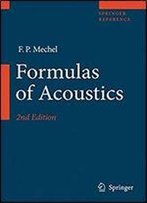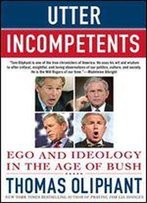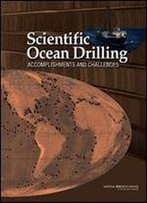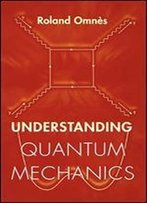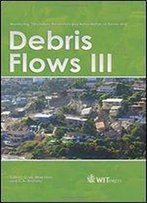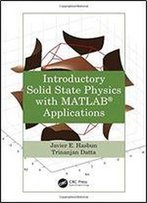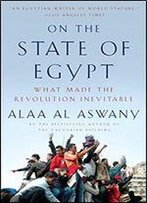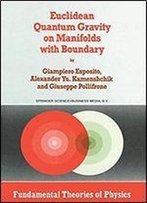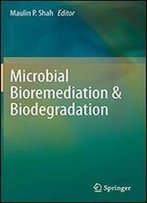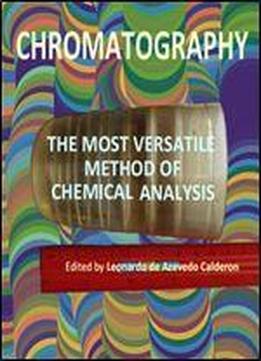
'chromatography: The Most Versatile Method Of Chemical Analysis' Ed. By Leonardo De Azevedo Calderon
by Leonardo de Azevedo Calderon /
2013 / English / PDF
12.3 MB Download
The purpose of this book is not only to present the latest state and development tendencies of chromatography, but to bring the reader useful information on separation sciences to enable him to use chromatography on his research field. The book is intended for both graduate and postgraduate students in fields such as chemistry, biology, biotechnology, forensic, medicine, pharmacology and engineering, and as a reference for professionals and practitioners.
Nowadays, Chromatography is the most versatile and widespread technique employed in modern chemical analysis and plays a vital role in the advancement of chemistry, biology, medicine and related fields of research. Because of the inherent simplicity and ease of operation, it can be used together with a wide range of detection systems, including electrochemical, photometric and mass spectrometry, being an invaluable laboratory tool for the separation and identification of compounds.
Taking into account the large amount of knowledge about chromatography theory and practice presented in the book, it has three major parts: applications, theory and sample preparation.
Contents
1 Purification of Phospholipases A2 from American Snake Venoms
2 Use of Chromatography in Animal Ecology
3 2D-NanoLC-ESI-MS/MS for Separation and Identification of Mouse Brain Membrane Proteins
4 Analytical Methods for Quantification of Drug Metabolites in Biological Samples
5 Current Trends in Sample Treatment Techniques for Environmental and Food Analysis
6 Using High Performance Liquid Chromatography (HPLC) for Analyzing Feed Additives
7 Analysis of Surfactants in Environmental Samples by Chromatographic Techniques
8 Application of HPLC Analysis of Medroxyprogesterone Acetate in Human Plasma
9 Chromatographic Analysis of Nitrogen Utilization and Transport in Arbuscular Mycorrhizal Fungal Symbiosis
10 Instrumental Analysis of Tetrodotoxin
11 Chromatography as the Major Tool in the Identification and the Structure-Function Relationship Study ofAmylolytic Enzymes from Saccharomycopsis Fibuligera R64
12 Isolation and Purification of Sperm Immobilizing/Agglutinating Factors from Bacteria and Their Corresponding Receptors from Human Spermatozoa
13 Purification ofAzurin from Pseudomonas Aeuroginosa
14 Characterization of Apple Pectin - A Chromatographic Approach
15 Chromatographic Retention Parameters as Molecular Descriptors for Lipophilicity in QSA(P)R Studies of Bile Acid
16 The Use of Solvation Models in Gas Chromatography
17 A Review of Current Trends and Advances in Analytical Methods for Determination of Statins: Chromatography and Capillary Electrophoresis
with TOC BookMarkLinks
